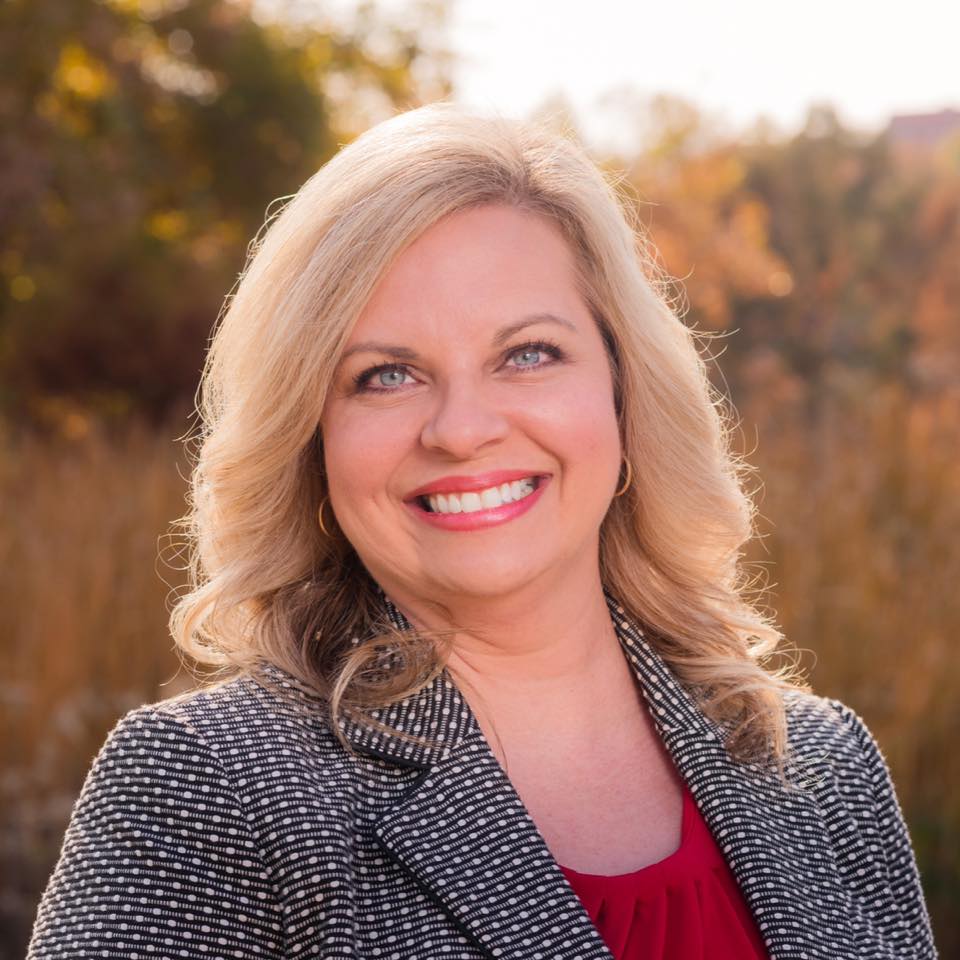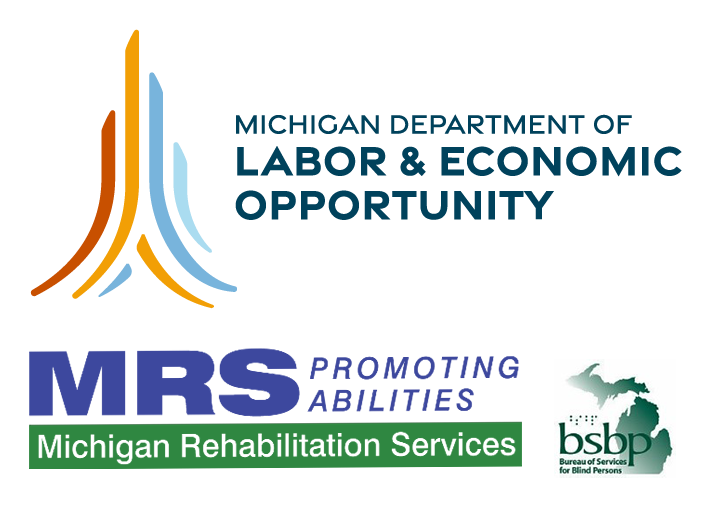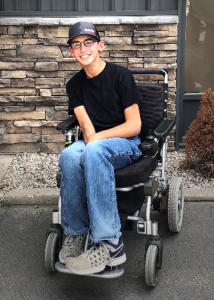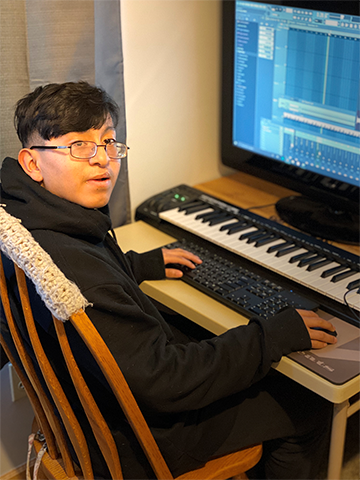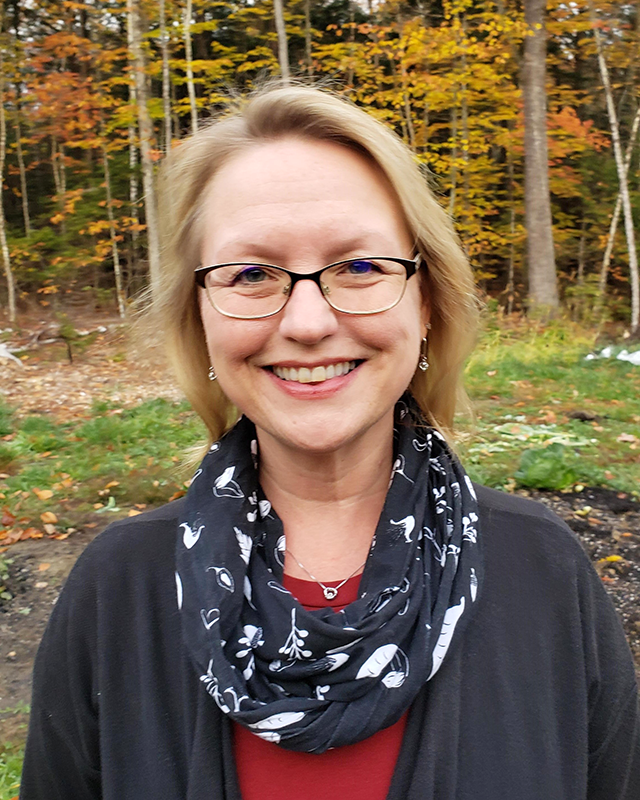Kristen Kushiyama, Office of Special Education and Rehabilitative Services
Most schools in the United States shut their doors almost two months ago and switched from traditional classrooms to distance learning environments.
Families moved to adapt to at-home school settings while also having to shift their own work schedules and environments. Teachers, many of whom also had to account for their own children’s schooling, raced to prepare learning packets and modify in-classroom instruction to support their students from afar.
U.S. Department of Education grant-funded centers started to release resources and materials specific to helping support families, educators and service providers during a pandemic.

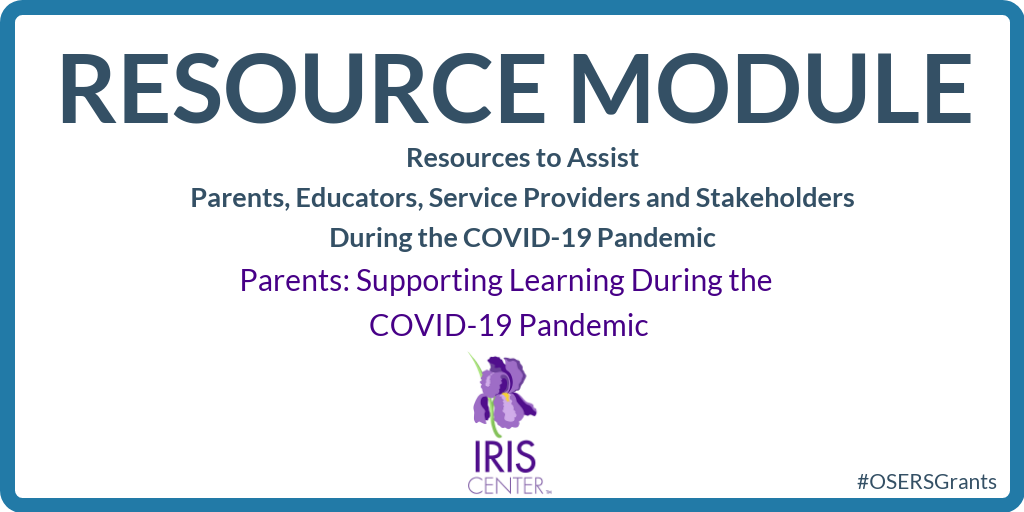
![Office of Special Education and Rehabilitative Services’ Office of Special Education Programs. OSEP Fast Facts: Children Identified With Emotional Disturbance. Percentage of Students with Disabilities Identified with Emotional Disturbance, Ages 6 to 21, Served Under IDEA, Part B, in the United States: School Year 2018-19. Map of United States. In SY 2018-19, the percentage of students with disabilities identified with emotional disturbance is 5.45%. States report a range from 1.65% to 17.36% of students with disabilities identified with Emotional Disturbance. Source: U.S. Department of Education, EDFacts Data Warehouse (EDW): “IDEA Part B Child Count and Educational Environments Collection,” 2018-19. https://go.usa.gov/xdp4T. Data for Wisconsin suppressed due to questionable data quality. Iowa does not use the specific disability categories when classifying a student as eligible for special education.]](https://sites.ed.gov/osers/files/2020/05/2020-osep-fast-fact-ed-thumbnail-1024x512.png)
